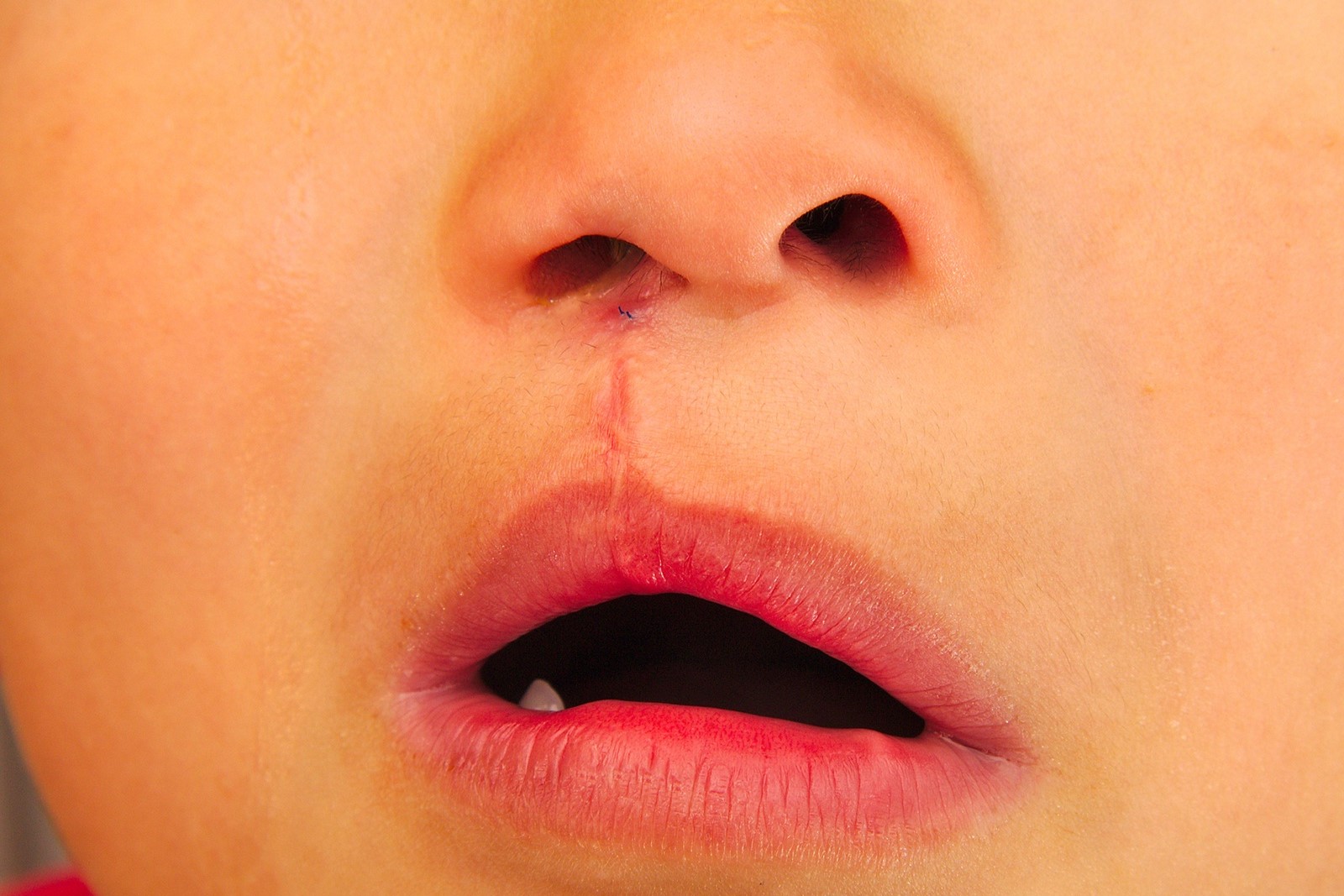
Craniofacial and skeletal defects can affect anyone, regardless of age or background. These conditions involve abnormalities in the bones of the skull and face, as well as other parts of the skeleton. They can range from mild to severe, impacting appearance, function, and overall health. Common craniofacial defects include cleft lip and palate, while skeletal defects might involve conditions like scoliosis or brittle bone disease. Understanding these conditions is crucial for early diagnosis and treatment. This article will provide 30 essential facts about craniofacial and skeletal defects, shedding light on causes, symptoms, treatments, and ways to support those affected.
Key Takeaways:
- Craniofacial and skeletal defects can affect a person's appearance, function, and health. Genetic mutations, environmental factors, and prenatal care play a role in their development. Early diagnosis and multidisciplinary treatment are crucial for managing these conditions.
- Surgery, orthodontic treatment, and therapy are common approaches to improve function and appearance for individuals with craniofacial and skeletal defects. Ongoing research is focused on developing advanced treatments, including gene therapies and regenerative medicine.
Understanding Craniofacial and Skeletal Defects
Craniofacial and skeletal defects are conditions that affect the bones of the skull, face, and body. These conditions can range from mild to severe and can impact a person's appearance, function, and overall health. Here are some fascinating facts about these conditions.
- Craniofacial defects can be present at birth or develop later in life due to injury or disease.
- Cleft lip and palate are among the most common craniofacial defects, affecting about 1 in 700 babies worldwide.
- Craniosynostosis is a condition where the bones in a baby's skull fuse too early, leading to an abnormally shaped head.
- Treacher Collins syndrome is a genetic disorder that affects the development of bones and tissues in the face.
- Apert syndrome is characterized by the premature fusion of certain skull bones, leading to a distorted shape of the head and face.
- Pierre Robin sequence involves a smaller-than-normal lower jaw, a tongue that falls back in the throat, and difficulty breathing.
- Goldenhar syndrome is a rare congenital condition that affects the development of the eye, ear, and spine.
- Hemifacial microsomia is a condition where one side of the face is underdeveloped, affecting the ear, mouth, and jaw.
- Fibrous dysplasia is a bone disorder where scar-like tissue develops in place of normal bone, leading to deformities.
- Osteogenesis imperfecta, also known as brittle bone disease, causes bones to break easily due to a genetic mutation.
Causes and Risk Factors
Understanding the causes and risk factors of craniofacial and skeletal defects can help in early diagnosis and management. Here are some key points:
- Genetic mutations are a primary cause of many craniofacial and skeletal defects.
- Environmental factors, such as exposure to certain chemicals or medications during pregnancy, can increase the risk of these defects.
- Nutritional deficiencies, particularly a lack of folic acid, can contribute to the development of craniofacial defects.
- Smoking and alcohol consumption during pregnancy are significant risk factors for craniofacial and skeletal defects.
- Advanced maternal age is associated with a higher risk of having a baby with craniofacial or skeletal defects.
- Family history of craniofacial or skeletal defects increases the likelihood of these conditions in offspring.
- Certain infections during pregnancy, such as rubella or toxoplasmosis, can lead to craniofacial and skeletal abnormalities.
- Diabetes in the mother can increase the risk of craniofacial defects in the baby.
- Obesity during pregnancy is linked to a higher risk of craniofacial and skeletal defects.
- Consanguinity, or marriage between close relatives, can increase the risk of genetic disorders, including craniofacial and skeletal defects.
Diagnosis and Treatment
Early diagnosis and appropriate treatment are crucial for managing craniofacial and skeletal defects. Here are some important facts:
- Prenatal ultrasounds can sometimes detect craniofacial and skeletal defects before birth.
- Genetic testing can help identify specific mutations responsible for these conditions.
- Multidisciplinary teams, including surgeons, geneticists, and therapists, are often involved in the treatment of craniofacial and skeletal defects.
- Surgery is a common treatment option for many craniofacial defects, aiming to improve function and appearance.
- Orthodontic treatment may be necessary to correct dental and jaw alignment issues associated with craniofacial defects.
- Speech therapy can help children with craniofacial defects improve their communication skills.
- Physical therapy is often recommended for individuals with skeletal defects to enhance mobility and strength.
- Bone grafting is a surgical procedure used to repair bone defects by transplanting bone tissue.
- Advances in 3D printing technology are being used to create custom implants and prosthetics for individuals with craniofacial and skeletal defects.
- Ongoing research is focused on developing gene therapies and regenerative medicine approaches to treat craniofacial and skeletal defects.
Understanding Craniofacial and Skeletal Defects
Craniofacial and skeletal defects impact many lives, often from birth. These conditions range from cleft lip and palate to skeletal dysplasia. Knowing the facts helps in recognizing symptoms early, seeking proper treatment, and offering support to affected individuals. Advances in medical science have improved diagnosis and treatment options, making a significant difference in quality of life.
Raising awareness and promoting research are crucial. By spreading knowledge, we can foster a more inclusive society and drive progress in medical solutions. Remember, every bit of information shared can make a difference.
Stay informed, support those in need, and contribute to a world where everyone has the chance to live their best life.
Frequently Asked Questions
Was this page helpful?
Our commitment to delivering trustworthy and engaging content is at the heart of what we do. Each fact on our site is contributed by real users like you, bringing a wealth of diverse insights and information. To ensure the highest standards of accuracy and reliability, our dedicated editors meticulously review each submission. This process guarantees that the facts we share are not only fascinating but also credible. Trust in our commitment to quality and authenticity as you explore and learn with us.
